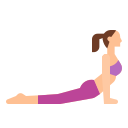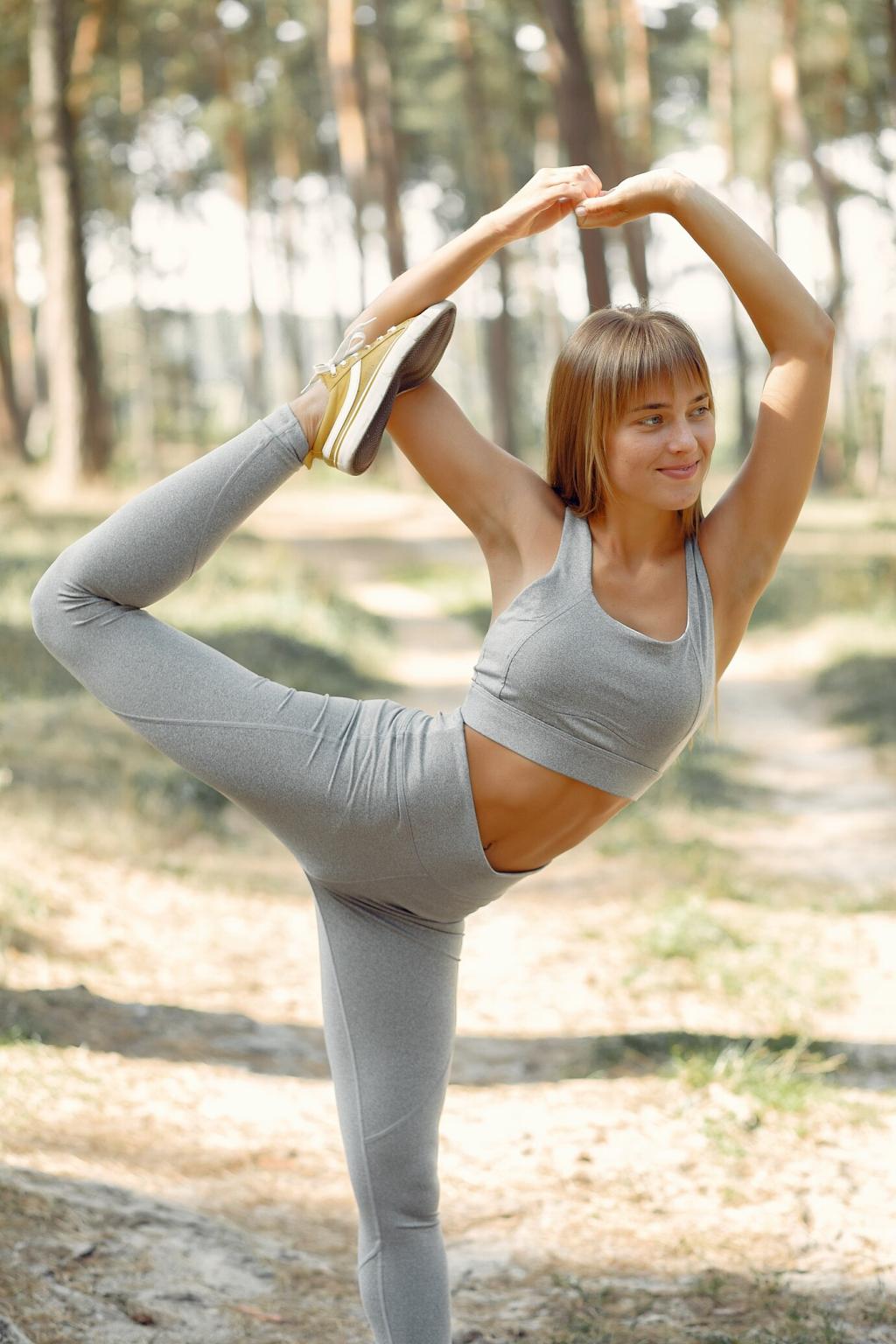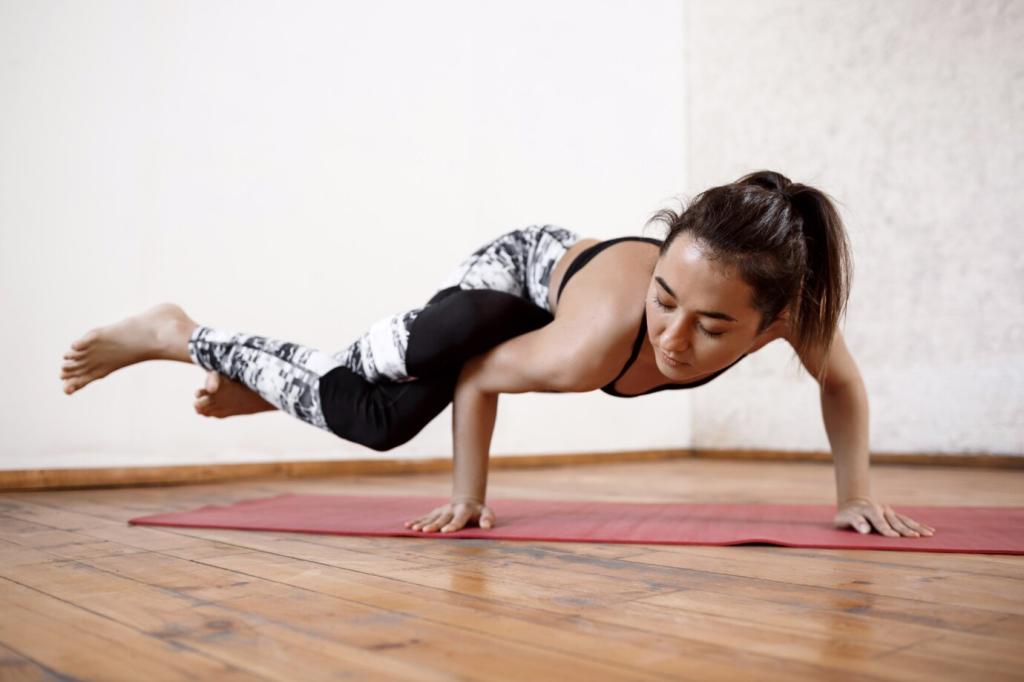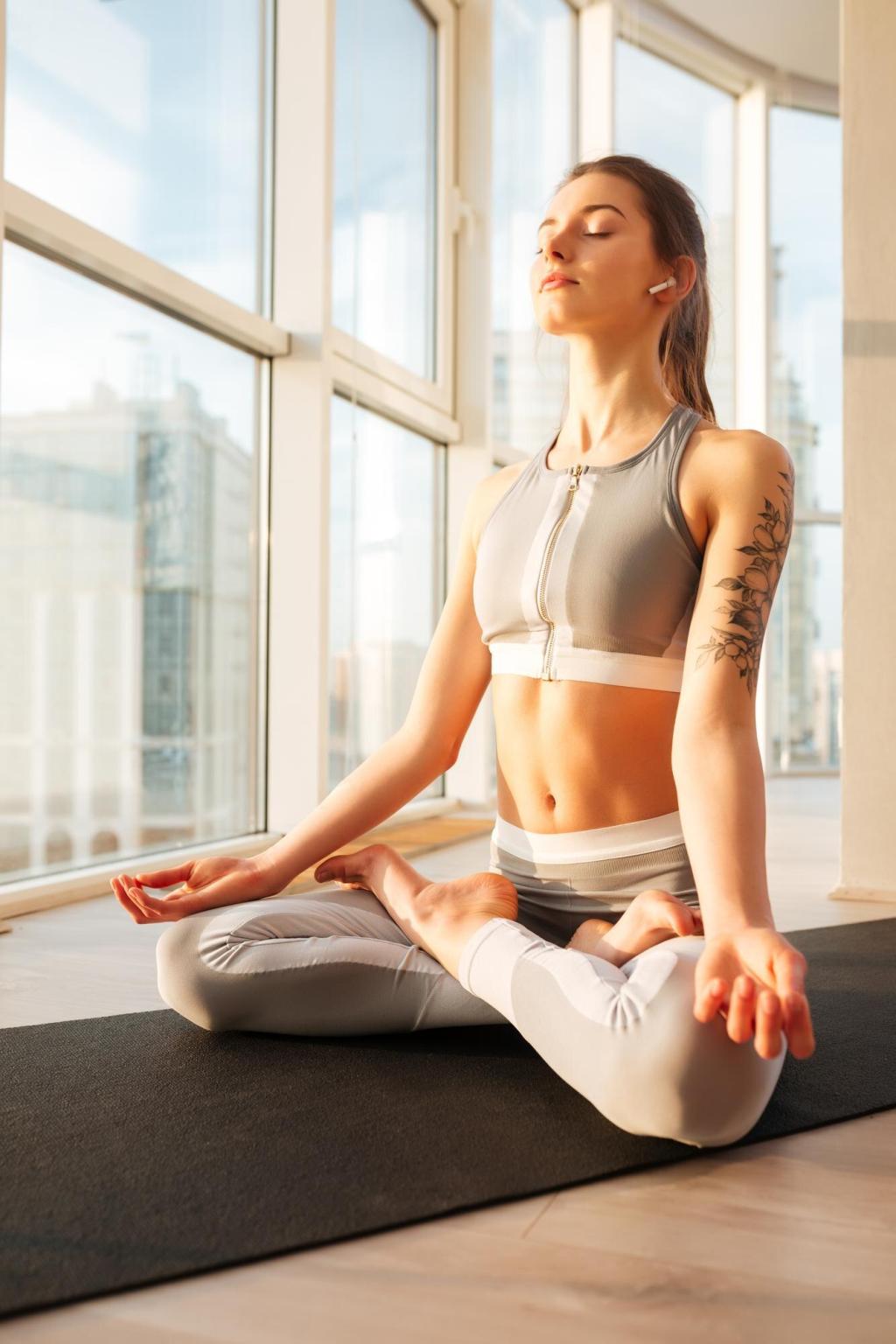Recovery, Resilience, and Injury Prevention
Every fourth week, reduce volume by thirty percent, shift toward technique, and emphasize breathwork. You will return stronger, with fresher wrists and shoulders for advanced balances.
Recovery, Resilience, and Injury Prevention
Use yoga nidra, extended exhales, and gentle forward folds to coax parasympathetic tone. Track sleep consistency and note how quicker calm returns after demanding inversion sessions.





